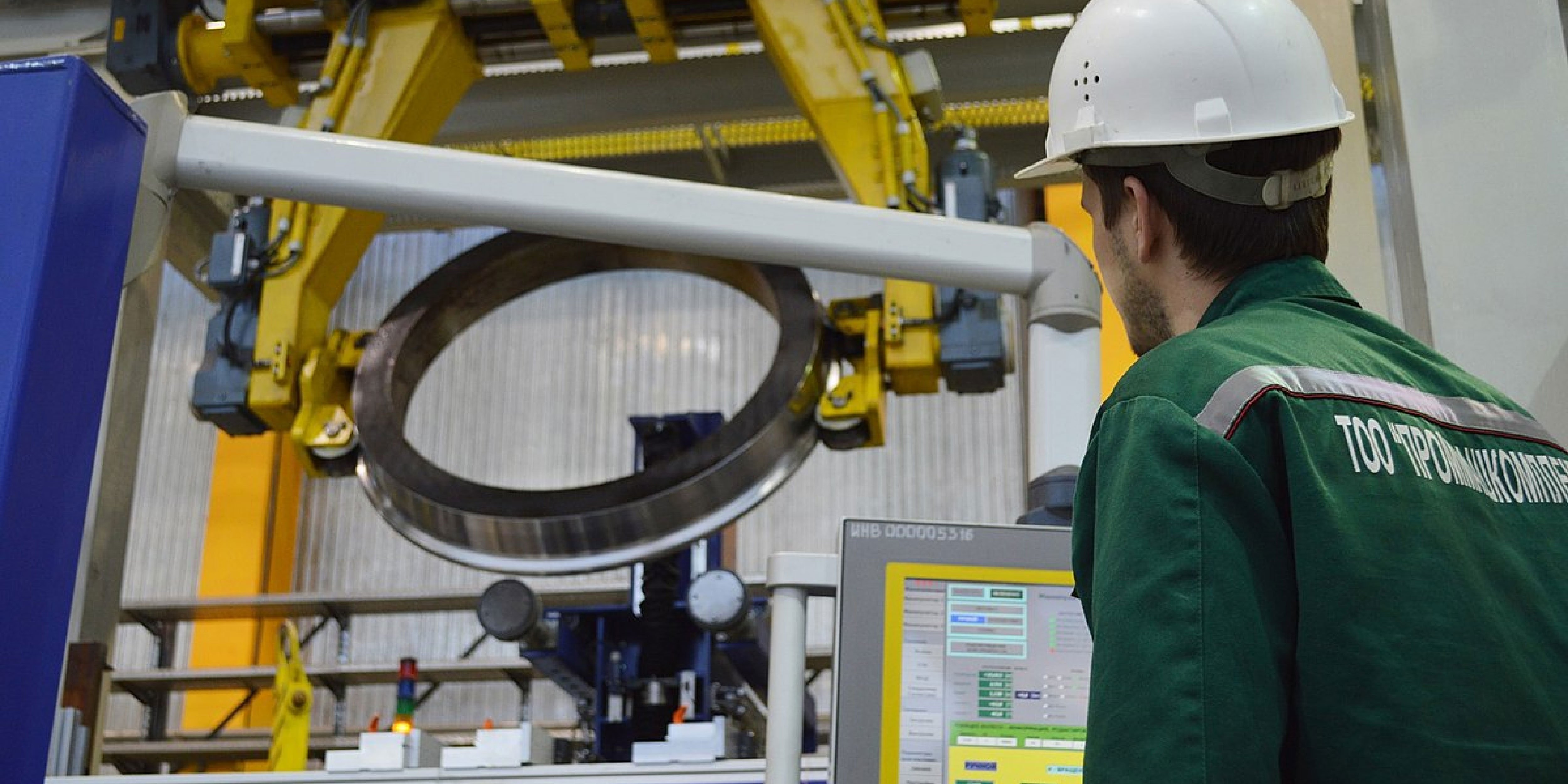Non-Destructive Testing: An Overview
Non-destructive testing (NDT) includes a selection of tests in which aerospace and other precision manufacturers must be well-versed and skilled in order to craft the highest quality parts and achieve the best possible results for customers. These innovative tests are used by industry experts to evaluate the properties of a material, component, structure, or system without damaging the part itself. There are some questions surrounding Non-destructive testing, though, so let's look at it in greater depth.
Click Here for our The State of Aerospace Manufacturing Infographic
Why use NDT?
There are a variety of reasons to turn to NDT methods for quality purposes. When put into their context though, these reasons fall into four primary categories:
- Safety: This is, of course, of paramount importance. Once the parts and systems are installed in the aircraft, keeping the plane in the air and everyone on board safety is critical, but from a manufacturer's perspective, the vast majority of non-destructive testing methods are completely safe for humans to perform. The lone exception to this is radiographic testing.
- Efficiency: NDT methods allow for the thorough and complete evaluation, but they are also very quick in their evaluation. The nital etching process, for example, is a surface test that can easily be performed in a matter of minutes.
- Savings: The next appeal of NDT over destructive tests is the cost involved. Not only are the tests themselves generally inexpensive to perform, but they also save the risk (and the associated expense!) of breaking the part and/or material. It allows the material to be inspected without damaging it: this saves money and resources.
- Accuracy: Non-destructive testing methods are both accurate and predictable. These are key qualities when it comes to maintenance procedures and to ensure the safety of personnel and increase the lifespan of the equipment.

Nondestructive tests can evaluate material properties without damaging the part itself.
Types of NDT
There are many types of non-destructive tests, but there are eight particularly common ones:
- Visual: collects visual data on the status of a material.
- Ultrasonic: transmitting high-frequency sound waves into a material to identify changes in properties.
- Radiography: using gamma-rays or x-rays to identify imperfections.
- Eddy Current: using measurements of the strength of electrical currents on a magnetic field to make judgements about the material.
- Magnetic Particle: identifies the imperfections in a material through examining disruptions in the flow of a magnetic field within the material.
- Acoustic Emission: analyzes acoustic emissions to identify any possible defects in the material.
- Liquid Penetrant: uses a liquid to coat a material and then looking for any "breaks" in the liquid to ID possible errors.
- Leak Testing: the process of studying leaks in a vessel or structure in an effort to identify defects.
In some cases, the NDT method for a specific application is required by law, which are often outlined by standards organizations like ISO and AS hold. Individual manufacturers may also publish their own standards for non-destructive testing. If none of the above apply, it's best to consult a technician, who can recommend the next steps.
Partnering with a trusted NDT manufacturer provides not only effective NDT equipment and services, but also peace of mind. If you need non-destructive testing aficionados to ensure the quality of your aerospace parts, the Indiana Precision Grinding team is equipped to help meet your needs.










